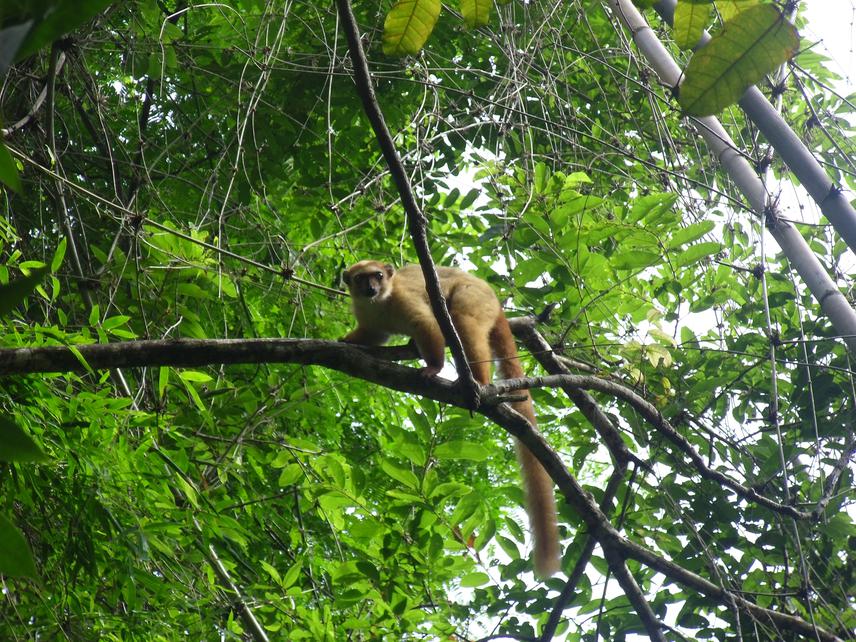Sylviane Volampeno
Other projects
9 Aug 2013
Combining Ecological Research and Local Community Involvement to Achieve Long-Term Conservation of the Critically Endangered Blue-Eyed Black Lemur
3 May 2018
Conservation of Threatened Lemurs in Andilambologno Forest, Western Madagascar: Biological Research, Habitat Restoration and Community Outreach
This project aims to conduct regular survey of the population of the blue-eyed black lemur throughout its range. It will also aim to develop alternative livelihoods for the local communities and will continue education and outreach activities about the conservation of the blue-eyed black lemur.

Blue-eyed black lemur.
The distribution of the blue-eyed black lemur (Eulemur flavifrons) is limited to the north-western part of Madagascar and the Sahamalaza-Iles Radama National Park (SIRNP) is its main habitat. Although the main habitat of the lemur is protected, local communities are still practicing illegal forest exploitation within the Park for their basic and business needs. Therefore, the lemur is primarily threatened by habitat destruction due to slash-and-burn agriculture for rice, logging and uncontrolled fires. Due to these threats, the species is still classified as Critically Endangered on the IUCN Red List. Sustainable conservation of the critically endangered species may fail without involvement of the local communities. The local communities surrounding the SIRNP are still unaware about the consequences of degrading and depleting their natural resources. In addition, they have lived surrounding the Park for many years and without doubt they are depending on the forest. If action is not taken, the forest habitat of the lemur will disappear thereby the lemur species will be lost from the wild within a few decades. Therefore, the local communities need to learn taking responsibility for conserving and managing the natural resources in their vicinities.